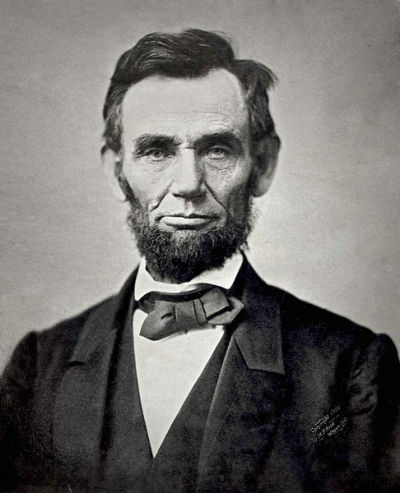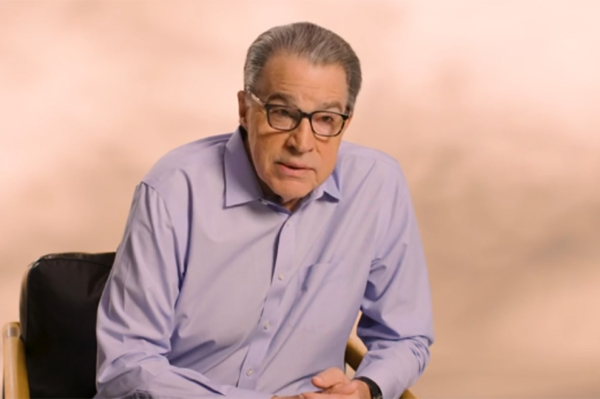Juneteenth: 4 interesting facts about the celebration marking end of slavery
The Emancipation Proclamation

Juneteenth is connected to the Emancipation Proclamation, which was issued by President Abraham Lincoln in 1862 and officially took effect New Year’s Day, 1863.
However, the Proclamation contained exemptions for slaveholding territory that was under Union control. Furthermore, throughout the Civil War, Texas was largely untouched.
“Lincoln’s proclamation would have little impact on Texans at that time due to the small number of Union troops available to enforce it,” explained the Galveston Historical Foundation.
It was not until General Granger arrived with around 2,000 Union troops in June, around two months after Confederate General Robert E. Lee surrendered at Appomattox, that freedom came.
Granger informed the local population about the Proclamation ending slavery through his General Order No. 3.
“Granger’s men marched through Galveston reading General Order, No. 3 at numerous locations, including their headquarters at the Osterman Building,” the Foundation added.





















